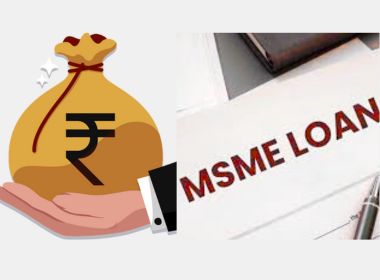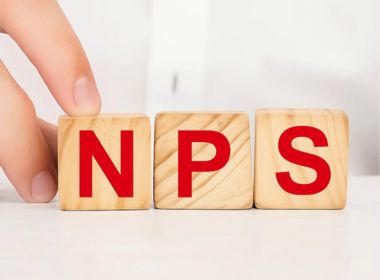Search Suggestions
- Gold Loan
- Money Transfer
- Mutual Funds

PF Withdrawal Rules - Full, Advance Withdrawal, Process, Documents, Grievance, and Tax
The Employee Provident Fund (PF), also known as Provident Fund (PF) is a government-backed scheme for the benefit of salaried employees. The eligible employees must be employed by a registered organization, under the EPF Act, 1952. The EPF scheme is governed by the Employee Provident Fund Organization (EPFO). The main objective is to help employees build a retirement corpus, earn interest and withdraw the PF full amount post-retirement. However, under some exceptional circumstances, the EPFO allows partial PF withdrawal or advance. PF withdrawal rules set in place by the EPFO govern full, partial, or advance withdrawals. Form 13 has to be filled out for the transfer of the PF account.
Full PF Withdrawal Rules
EPF can be withdrawn entirely only under the following two circumstances:
- On retirement, quitting your job, superannuation, or termination.
- When an individual remains unemployed for more than two months. To make a withdrawal offline the individuals must download EPF Form 19, fill it out manually, get it attested by a gazetted officer and submit it to the EPFO.
Form 10C is used for making claims of PF withdrawals under the Employee Pension Scheme (EPS). This form is to be submitted by employees who fall under the age bracket of 50 years, i.e., those aged below 50.
Partial or Advance PF Withdrawal Rules
The EPFO has made certain exceptions for employees for making partial PF withdrawals to meet financial emergencies. These withdrawals and advances are governed by certain rules called PF advance form 31 rules. An employee can raise an EPF claim for a partial withdrawal or advance under the following conditions:
- Education
- Medical treatment.
- Wedding
- House repair/ renovation.
- Construction/purchase of a house.
- Home loan repayment.
- Purchase of land.
- Losses due to Natural calamities.
- Power cut
- Closure of establishment for over 15 days and employees are unemployed without compensation.
- The employee has not received a salary for more than two months continuously.
- Purchase of disability equipment.
Documents Required for Partial or Advance PF Withdrawal
When an employee is eligible for partial withdrawal of his PF, he needs to raise a claim by submitting Form 31. The Form 31 EPF withdrawal rules apply to the process. This can be done both online and offline. In the offline process, employee has to manually fill in his details in the form. In the online PF claim process, most of the employee’s details will be auto-filled if he has a UAN. However, the member has to register his UAN to avail of the online service.
Following are the PF withdrawal documents required for partial/Advance PF withdrawal:
Reason for AdvanceDocuments required for PF withdrawal
To buy equipment for physically handicapped.Certificate from a doctor.
If adversely affected due to lack of power supply.Statement from the state government.
Plot purchaseDeclaration form and a copy of the purchase agreement.
Construction of a houseSigned declaration.
If adversely affected by natural calamities.Certificate from the concerned authority.
Lockout of an establishment.Declaration
Home loan repaymentTSigned declaration
House repair/ renovation (one instance)Proof of need for repair
EducationBonafide certificate from the institution
Medical treatmentCertificate from a registered medical doctor.
Certificate from the employer about a lack of ESI facility
A certificate from a specialist (leprosy, tuberculosis)
WeddingMarriage certificate
Online PF Withdrawal Process
For employees with UAN, full/partial/advance online PF withdrawal can be made via the EPFO Member Portal.
- Visit the UAN member portal and login into your account using your UAN and password.
- Under the ‘Online Services’ tab, select ‘Form 31, 19 and 10C’. The member details will be displayed.
- Then click on ‘verify’ next to the bank account after entering your bank account’s last four digits to verify your bank details.
- An undertaking will be displayed. Click on ‘Yes’ to continue. Then, click on ‘Proceed to online claim’.
- Here, one has to select ‘Form 31′ for partial or advance PF withdrawal, Form 19 for full withdrawal, and Form 10 C for EPS claim from the drop-down and enter the reason for withdrawal. The purpose of withdrawal will be displayed in the drop-down. Select one reason and enter the ’employee address’ and the amount of withdrawal. Then, submit the application.
Depending upon the reason for EPF withdrawal, members might need to provide additional documents as mentioned above.
How to Check PF Withdrawal Claim Status?
You can check the claim status of the submitted Form 31, Form 19, and Form 10C by logging in to the EPFO member portal and select ‘Click here for Knowing your Claim Status.
Follow the instructions on the screen until you see the ‘Submit’ button. Click on the ‘Submit’ button to view your claim status on the next page.
Is PF Withdrawal taxable?
No TDS is deducted on PF withdrawal for employees having continuous employment of 5 years or more (both past and current employment tenures are included). The employee's contribution to EPF is eligible for a deduction from taxable income under Section 80C of the Income Tax Act. If you are withdrawing from PF account before the completion of 5 years then you will have to fill Form 15G for EPF withdrawal to avoid TDS deduction.
CATEGORIES
OUR SERVICES
-

Credit Score
-

Gold Loan
-

Personal Loan
-

Cibil Score
-

Vehicle Loan
-

Small Business Loan
-

Money Transfer
-

Insurance
-

Mutual Funds
-

SME Loan
-

Corporate Loan
-

NCD
-

PAN Card
-

NPS
-

Custom Offers
-

Digital & Cashless
-

Milligram Rewards
-

Bank Mapping
-

Housing Finance
-

#Big Business Loan
-

#Gold Loan Mela
-

#Kholiye Khushiyon Ki Tijori
-

#Gold Loan At Home
-

#Sunherisoch
RECENT POSTS

Understanding KDM Gold and Why it’s Banned
Know More
Gold loan boom: 3,000 new branches to open in India in 12 months
Know More
Gold Loan Boom: Rs 14.5 lakh crore market spurs NBFCs to add 3,000 branches
Know More
How BNPL Affects Your Credit Score
Know More
Inside the Muthoot money machine: How a Kerala family turned gold loans into a billion-dollar empire
Know More
Billionaire Family Turns India’s Gold Obsession Into a Fortune
Know More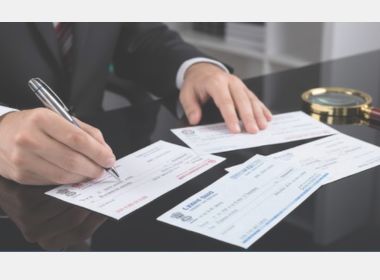
What is a Cheque and its Different Types in India?
Know More
Benefits of Paying Your EMIs on Time: Why Timely Payments Matter
Know More
A Complete Guide to Report Online Fraud
Know More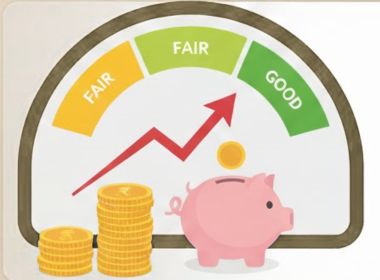
How does a Personal Loan Affect your Credit Score?
Know MoreFIN SHORTS
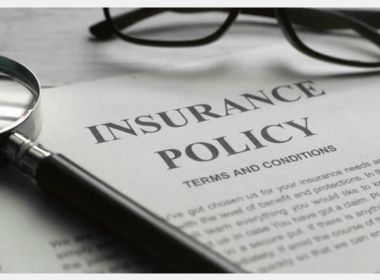
What Are Co-Pay and Deductibles in Insurance Policies?
Know More
Should You Take a Loan Against Your Mutual Fund or SIP?
Know More
Top 5 Best Mid-Cap Mutual Funds to Watch in 2026
Know More
Are Personal Loans Right for Retirees? Key Points to Consider
Know More
What Happens to a Personal Loan After the Borrower Dies?
Know More
Best Loan Choices for Credit Scores of 580 and Below
Know More
7 Reasons Why a Gold Loan Is the Best Option for Small Businesses
Know More
10 Reasons Why People in India Prefer Physical Gold
Know More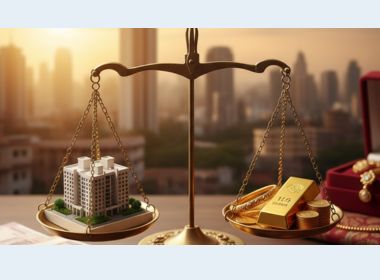
Real Estate vs Gold: Which Is a Better Investment in India?
Know More
10 Common Mistakes That Make Investors Lose Money in Mutual Funds
Know More
10 Reasons Why Gold Has So Much Appeal in Uncertain Times
Know More
7 Ways Settling Debt Can Impact Your CIBIL Score
Know More- South +91 99469 01212
- North 1800 313 1212




